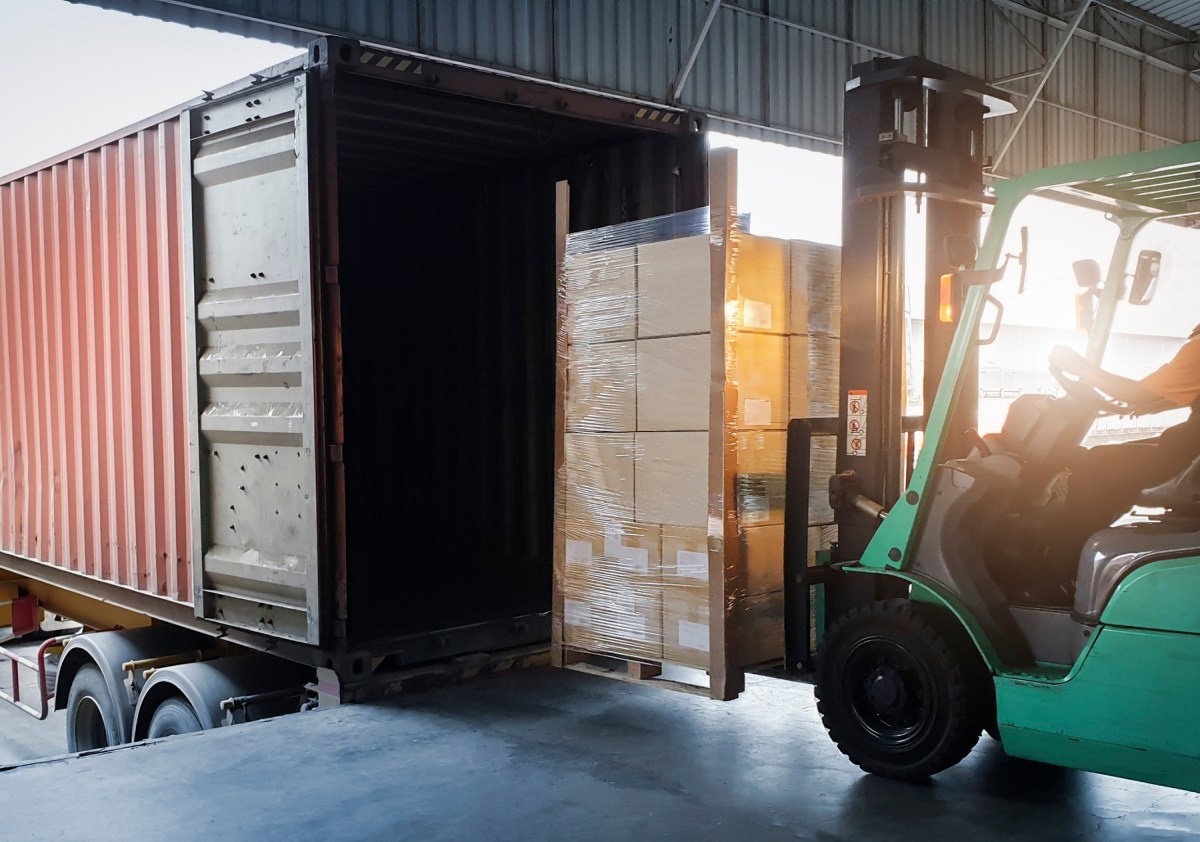In an era where technology is reshaping every aspect of delivery services, it comes as no surprise that cold chain logistics (transporting temperature-sensitive products) have experienced transformation in the past few years.
With nearly half of Australians (48%) now opting to purchase their groceries online and 10% buying most, or all, of their groceries online, there is growing pressure to improve the accuracy and efficiency of cold chain logistics as the e-commerce revolution continues. Retailers who deliver cold products need to embrace technological advancements to ensure they are delivering on time, every time, and goods received are on par with customers’ in-store expectations.
Ever evolving intuitive dispatch systems are not only advancing efficiency in the cold chain but also minimising the risk of errors and making the process more reliable from end-to-end. Among other leaps forward, technology is now creating better-planned routes and automating other aspects of the cold chain delivery protocol – especially around H&S compliance – taking the pressure off drivers and dispatch specialists and ensuring the safe arrival of temperature-sensitive products.
Ensuring quality control and reducing human error
One of the key challenges in cold chain dispatch is the preservation of temperature and storage conditions – the most critical point is during the last-mile delivery where the chances for error are at their greatest.
By adopting new dispatch technology, the industry can be better equipped to tackle these challenges head-on, starting with smarter route planning. Intuitive dispatch routing can automate delivery scheduling, allowing for a seamless and timely coordination of deliveries across hubs – without manual planning.
It works because sophisticated algorithms are developed to consider various critical factors in the cold chain dispatch process such as distance, variation of delivery timelines across cold goods, order priorities, and even traffic conditions at the scheduled time of delivery.
With the ability to see their fleet’s performance on screen, dispatchers are also empowered to identify bottlenecks in the supply chain and quickly work to resolve issues as they arise.
Keeping cool under pressure
It’s not just drivers that feel the pressure to deliver on time. Broad customers bases, which might include anything from domestic food deliveries to hospitality venues, have come to need and expect real-time information and transparency about the status of their cold deliveries.
Real-time tracking information which offers ETA and delivery status keeps customers in the loop and ensures someone is present at the delivery time to facilitate a fast and smooth transition from delivery to cold storage.
Providing real-time tracking and communication with customers can also bridge traditional communication gaps, fostering greater trust and loyalty. But it’s not just an advantage for a business’ reputation. Customers who can track the location of their orders and connect with drivers are likely to help minimise the number of failed deliveries, positively impacting the bottom line.
Developing technology
Dispatch technology must adapt and innovate to meet the evolving needs and demands of cold chain customers. Investing in research and development to advance the technology on offer, such as automating storage temperature readings to ensure critical compliance measures are met, are set to further enhance the quality of cold chain delivery services.
As the industry continues to scale up cold deliveries, technology is expected to transform deliveries by not only relying on real-time conditions but also relating them to patterns in large data sets and using these to train more intelligent algorithms. These advances are likely to enhance compliance protocols and further solidify the cold chain logistics sector’s reputation as a reliable and indispensable component of the modern retail landscape.
Cold chain dispatch is no longer just about temperature control; it’s about embracing the capabilities of modern technology to meet the increasingly complex demands of a rapidly evolving market. With ordering online on the rise, implementing innovative solutions to ensure efficient, safe, and on-time cold deliveries has never been more crucial.
Roy Moody is CEO of vWork.

